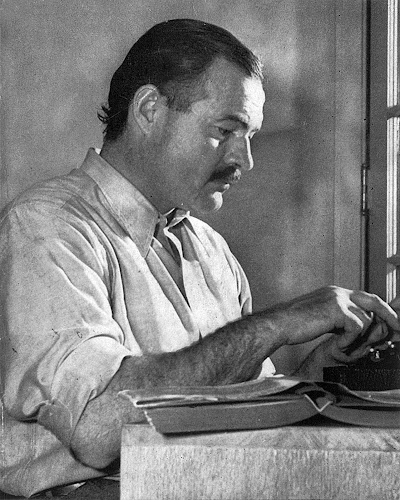Jennifer Ackerman, The Genius of Birds
Accurately measuring intelligence requires the right yardstick, except that there is no such thing. There are just too many kinds of intelligence for one yardstick to measure. Jennifer Ackerman concedes in The Genius of Birds (2016), "I would flunk these sorts of intelligence tests readily as birds might fail mine." She is speaking of the intelligence tests that various species of birds can pass with ease. Take for instance the ability of some birds to hide thousands of seeds and then remember where to find them months later or the ability of a homing pigeon to find its way home from hundreds of miles away.
Scientists might frown on my use of the word intelligence because it sounds to them like anthropomorphizing. They prefer the word cognition when talking about birds and other animals. Give Ackerman credit for being intelligent enough to use the word, however, because it is intelligence that we are talking about.
Even the word cognition has been something of a concession for science, which had long preferred thinking of every amazing thing an animal does as just instinct. By now there have been enough experiments and observations to recognize that birds, more than most animal species, can solve challenging problems. Young birds don't know their songs by instinct but must learn them over a long period of trial and error, just as a child learns to talk. Sparrows in New Zealand learned to use the sensors for a cafeteria's automatic doors so they could fly in to steal food, then fly out again.
Ackerman covers many different kinds of intelligence in birds, including the artistry of bowerbirds and the ability of mockingbirds to learn not only their own song but the songs of many other species of birds.
Some birds seem to be smarter than others, and Ackerman devotes much of her book puzzling over why. Are species that eat a variety of foods smarter than those with a more limited diet? Are birds that live in social groups smarter than loners? Are birds that migrate smarter than those that stay in one place? While discussing such questions, she describes the work of numerous authorities in the field without ever losing her audience, made up of readers of ordinary intelligence, like me, who are humbled by the genius of birds.












